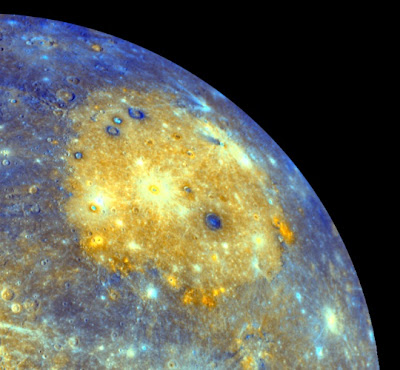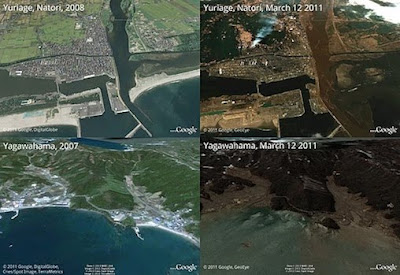
A new NASA-funded study has revealed widespread reductions in the greenness of the forests in the vast Amazon basin in South America caused by the record-breaking drought of 2010."The greenness levels of Amazonian vegetation - a measure of its health - decreased dramatically over an area more than three and one-half times the size of Texas and did not recover to normal levels, even after the drought ended in late October 2010," said Liang Xu, the study's lead author from Boston University.
The drought sensitivity of Amazon rainforests is a subject of intense study. Scientists are concerned because computer models predict that in a changing climate with warmer temperatures and altered rainfall patterns the ensuing moisture stress could cause some of the rainforests to be replaced by grasslands or woody savannas. This would cause the carbon stored in the rotting wood to be released into the atmosphere, which could accelerate global warming. The United Nations' Intergovernmental Panel on Climate Change (IPCC) has warned that similar droughts could be more frequent in the Amazon region in the future.The comprehensive study was prepared by an international team of scientists using more than a decade's worth of satellite data from NASA's Moderate Resolution Imaging Spectroradiometer (MODIS) and Tropical Rainfall Measuring Mission (TRMM).
The drought sensitivity of Amazon rainforests is a subject of intense study. Scientists are concerned because computer models predict that in a changing climate with warmer temperatures and altered rainfall patterns the ensuing moisture stress could cause some of the rainforests to be replaced by grasslands or woody savannas. This would cause the carbon stored in the rotting wood to be released into the atmosphere, which could accelerate global warming. The United Nations' Intergovernmental Panel on Climate Change (IPCC) has warned that similar droughts could be more frequent in the Amazon region in the future.The comprehensive study was prepared by an international team of scientists using more than a decade's worth of satellite data from NASA's Moderate Resolution Imaging Spectroradiometer (MODIS) and Tropical Rainfall Measuring Mission (TRMM).
















